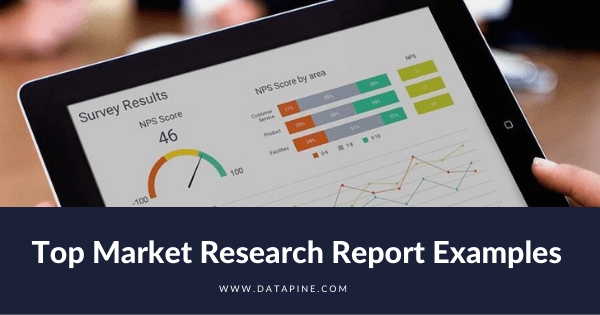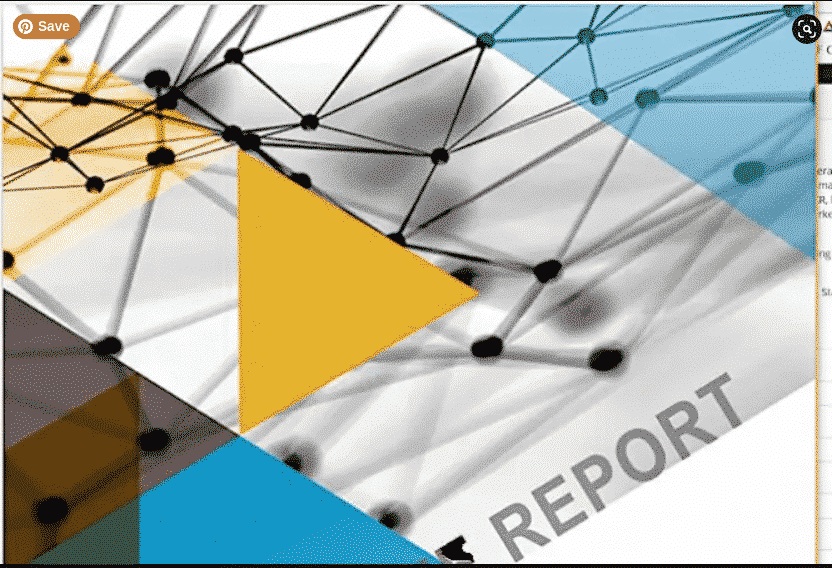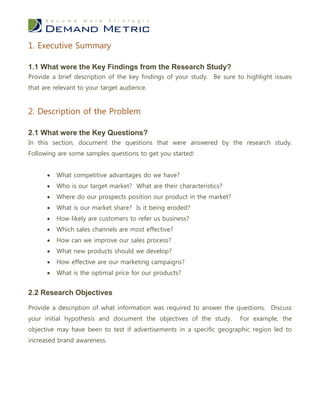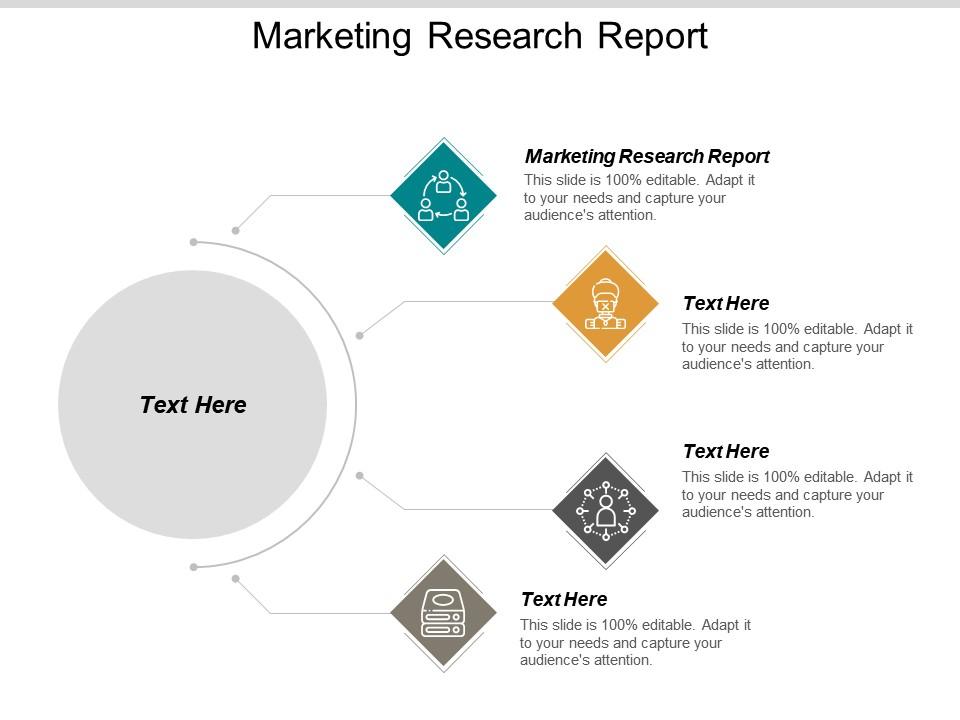The pharmaceutical product life cycle refers to the stages that a pharmaceutical product goes through from its development to its withdrawal from the market. This process is crucial for the pharmaceutical industry as it helps companies to plan for the development, production, and marketing of their products.
The first stage of the pharmaceutical product life cycle is the research and development (R&D) phase. This stage involves the identification of a potential drug target, the design and synthesis of a compound that can bind to the target, and the testing of the compound in the laboratory to determine its effectiveness and safety. This phase can take several years and is typically the most expensive and time-consuming part of the product life cycle.
The next stage is the clinical development phase, which involves conducting clinical trials to determine the safety and efficacy of the drug in humans. Clinical trials are conducted in three phases: Phase 1 trials involve a small number of healthy volunteers and are designed to determine the drug's safety profile and dosage range. Phase 2 trials involve a larger group of patients and are designed to evaluate the drug's effectiveness and determine optimal dosage. Phase 3 trials involve an even larger group of patients and are designed to confirm the drug's effectiveness, monitor side effects, and compare the drug to existing treatments.
If the clinical trials are successful, the drug can then be submitted for regulatory approval to the relevant authorities, such as the US Food and Drug Administration (FDA) or the European Medicines Agency (EMA). This process can take several years and requires the submission of extensive data on the drug's safety, efficacy, and manufacturing process.
If the drug is approved, it moves into the commercialization phase, where it is manufactured and marketed to healthcare providers and consumers. This phase can last for several years, depending on the drug's patent protection and market demand.
Eventually, the drug will reach the end of its patent protection and face competition from generic versions. This can lead to a decline in sales and a decrease in the drug's profitability. In some cases, the drug may be withdrawn from the market due to safety concerns or a lack of demand.
In summary, the pharmaceutical product life cycle is a complex and multi-faceted process that involves several stages, from research and development to clinical trials and regulatory approval, before a drug can be commercialized and made available to patients. Understanding the product life cycle is essential for pharmaceutical companies as they plan for the development and marketing of their products.









